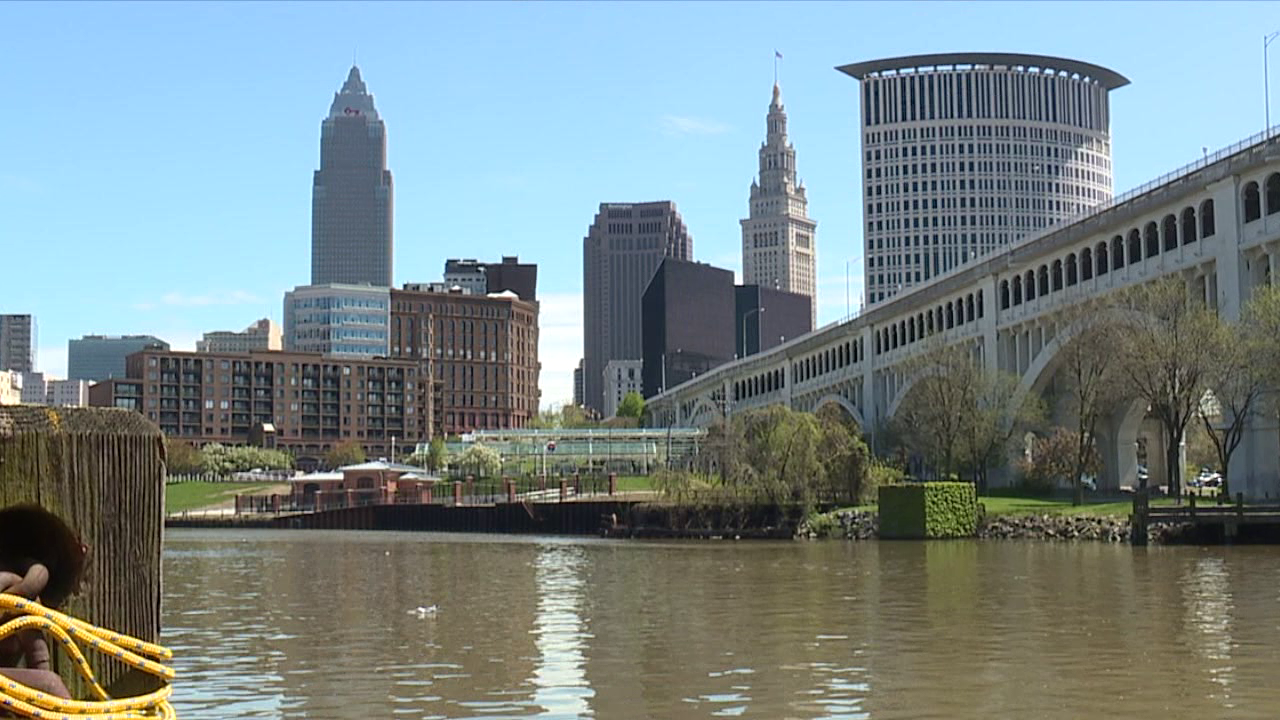CLEVELAND — The towering buildings, the shiny new restaurants, the bright lights — the so-called renaissance of Cleveland is easy to see if you just look around.
It’s why Ari Lewis, a native New Yorker, is launching his companies from here.
“For me, starting a company, there is such a great talent pool in Cleveland that people don’t realize, so that helps me build and expand,” Lewis said.
Lewis graduated from Case Western Reserve University in 2017, packed his bags and moved back home to New York.
Then, he realized he wanted to return to The Land.
“If you look at San Francisco or New York city, they always talk about building a start-up out of a garage,” Lewis said. “Well now, that garage costs a million dollars. But in Cleveland, Ohio, you could do it for relatively low-cost. There is great talent here and there’s money here, there’s capital here.”
Investment into big and small businesses and startups is something the city of Cleveland has turned to heavily in the last decade.

“It’s about supporting entrepreneurship,” said Kevin Schmotzer, Cleveland’s executive of Small Business Development. Schmotzer is marking 20 years working for the city.
“We never used to fund start-up businesses so to look at this and say, ‘How can we fill these vacant spaces, vacant buildings in our neighborhood?’ —We had to change,” he said.
So change they did.
In the last 12 years, data from the city shows they have invested more than $430 million in various businesses and real estate ventures.
Those investments have created roughly 23,000 jobs and retained thousands more.
“It helps to bring people to our respective neighborhoods, into our downtown, brings vibrancy,” Schmotzer said.
And it’s what keeps young professionals and graduating students from our colleges and universities in our city.
“So things have shifted for Cleveland, but that goes back to its asset base — its natural charm as a city, and its quality of life,” said Roland Anglin, dean of the Maxine Goodman Levin College of Urban Affairs at Cleveland State University.
Anglin said roughly 80 percent of their graduates remain in the area — and their curriculum has shifted in recent years, working closely with employers to get students jobs right out of the gate.
“That’s critical because if you can get a young person a good job on the first time, they tend to stay with you,” Anglin said.
It’s the same story for Case Western Reserve University.
“I think the entrepreneurial ecosystem of Cleveland, specifically, but certainly Northeast Ohio has changed dramatically,” said Tom Matthews, interim associate provost for student success at Case Western Reserve University.
That, combined with the city’s affordability, recreational and cultural opportunities, and untapped talent pool have become a big sell.
“I would say, do more of the same,” Matthews said. “Because I think students are really thinking differently about career. They’re thinking about a lifestyle.”
And for young professionals like Ari Lewis, that couldn’t be more true.
“I really think it’s an up-and-coming city, and in 10, 20 years, it’s going to be one of the top cities to live,” Lewis said.
Another big sell to come to Cleveland and Northeast Ohio, Lewis added, is how pro-technology and pro-innovation the state government has been — lending support when and where it is needed.



